يحاول ذهب - حر
Saving Nero's Fabled Pleasure Palace
September/October 2015
|Archaeology
How archaeologists are saving Nero's fabled pleasure palace.

"In no other matter did he act more wasteful than in building a house that stretched from the Palatine to the Esquiline Hill, which he originally named “Transitoria” [House of Passages], but when soon afterwards it was destroyed by fire and rebuilt he called it “Aurea” [Golden House]. A house whose size and elegance these details should be sufficient to relate: Its courtyard was so large that a 120-foot colossal statue of the emperor himself stood there; it was so spacious that it had a mile-long triple portico; also there was a pool of water like a sea, that was surrounded by buildings which gave it the appearance of cities; and besides that, various rural tracts of land with vineyards, cornfields, pastures, and forests, teeming with every kind of animal both wild and domesticated. In other parts of the house, everything was covered in gold and adorned with jewels and mother-of-pearl; dining rooms with fretted ceilings whose ivory panels could be turned so that flowers or perfumes from pipes were sprinkled down from above; the main hall of the dining rooms was round, and it would turn constantly day and night like the Heavens; there were baths, flowing with seawater and with the sulfur springs of the Albula; when he dedicated this house, that had been completed in this manner, he approved of it only so much as to say that he could finally begin to live like a human being." - Suetonius, The Lives of the Caesars
هذه القصة من طبعة September/October 2015 من Archaeology.
اشترك في Magzter GOLD للوصول إلى آلاف القصص المتميزة المنسقة، وأكثر من 9000 مجلة وصحيفة.
هل أنت مشترك بالفعل؟ تسجيل الدخول
المزيد من القصص من Archaeology
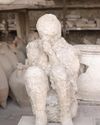
Archaeology
LEGEND OF THE CRYSTAL BRAIN
When most people envision the victims of the eruption of Mount Vesuvius in A.D. 79 that destroyed the cities of Pompeii and Herculaneum, they think of the casts of their bodies made by pouring plaster into voids left by their decaying corpses. Yet not all the physical remains of those who perished in the cataclysm decayed. In one case, a remarkable transformation occurred—a man’s brain turned to glass.
3 mins
July/August 2025
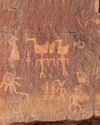
Archaeology
Birds of a Feather
Intriguing rock art in the Four Corners reveals how the Basketmaker people drew inspiration from ducks 1,500 years ago
8 mins
July/August 2025
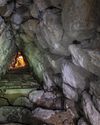
Archaeology
THE HOME OF THE WEATHER GOD
In northern Anatolia, archaeologists have discovered the source of Hittite royal power
13 mins
July/August 2025
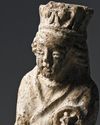
Archaeology
SAINTS ALIVE
Since 2019, archaeologists have been excavating in Berlin's oldest square, known as the Molkenmarkt, or Whey Market.
1 min
July/August 2025
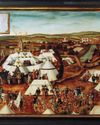
Archaeology
SOLDIERS OF ILL FORTUNE
The Schmalkaldic War, which began in 1546 and lasted less than a year, pitted the forces of the Holy Roman emperor Charles V (reigned 1519-1556) against the Schmalkaldic League, a Protestant alliance formed by German principalities and cities within the empire.
1 mins
July/August 2025
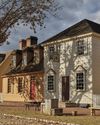
Archaeology
A NEW LOOK AT AN OLD CITY
Archaeologists are reconstructing the complicated 400-year history of Virginia's colonial capital
13 mins
July/August 2025
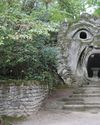
Archaeology
ITALY'S GARDEN OF MONSTERS
Why did a Renaissance duke fill his wooded park with gargantuan stone
10 mins
July/August 2025
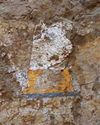
Archaeology
In Search of Lost Pharaohs
Anubis Mountain conceals the tombs of an obscure Egyptian dynasty
3 mins
July/August 2025
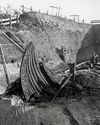
Archaeology
Setting Sail for Valhalla
Vikings staged elaborate spectacles to usher their rulers into the afterlife
15 mins
July/August 2025
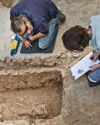
Archaeology
BOUND FOR HEAVEN
During excavations of a Byzantine monastery in 2017 just north of Jerusalem's Old City, a team led by Israel Antiquities Authority archaeologists Zubair 'Adawi and Kfir Arbiv discovered an unusual burial in a crypt beneath the altar of the complex's church.
1 mins
July/August 2025
Translate
Change font size
